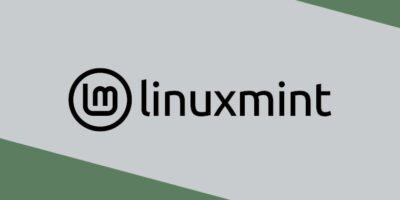Hey there, data enthusiasts! Today, we’re diving into the world of enterprise AI and how DataStax‘s Hyper-Converged Data Platform (HCDP) can be a game-changer for your business.
But before we delve into the specifics of DataStax’s offering, let’s establish a common ground. What exactly is a Hyper-Converged Data Platform (HCDP)?
In simple terms, an HCDP is an all-in-one data powerhouse that integrates storage, compute, and networking resources into a single, seamlessly managed unit. Imagine having all the ingredients for a delicious data cake – storage for your data ingredients, compute for processing them, and networking to connect everything – pre-measured and ready to bake! That’s the beauty of HCDP.
Now, back to DataStax. Their HCDP is a cloud-native platform, which means it’s built for the cloud from the ground up. This translates to flexibility and scalability – you can deploy it on-premises, in a private cloud, or in a hybrid cloud environment, depending on your specific needs.
Here’s where things get exciting for enterprise AI. DataStax’s HCDP is specifically designed to work hand-in-hand with cutting-edge AI applications, particularly those that leverage generative AI and Retrieval Augmented Generation (RAG).
Generative AI, as the name suggests, is a type of AI that can create entirely new data, like realistic images or creative text formats. RAG, on the other hand, focuses on enhancing existing content by retrieving relevant information and weaving it into the output.
So, how does DataStax‘s HCDP come into play? Here are a few ways:
- Scalability: Generative AI and RAG can be data-hungry beasts. HCDP’s ability to scale seamlessly ensures your platform can keep pace with your AI projects’ ever-growing demands.
- Flexibility: Different AI applications have different needs. HCDP’s modular design allows you to segment your platform to cater to the specific requirements of each project.
- Performance: HCDP is built for speed. This translates to faster training times for your AI models and quicker turnaround times for your AI-powered applications.
Let’s illustrate this with an example. Imagine you’re a company that develops chatbots powered by generative AI. With DataStax’s HCDP, you can train your chatbots on massive datasets of text and code, enabling them to generate more natural and engaging conversations. Additionally, you can leverage RAG to integrate relevant information from external sources, making your chatbots even more informative and helpful.
DataStax‘s HCDP is a promising solution for businesses looking to leverage the power of AI. Its flexibility, scalability, and performance make it an ideal platform for building and deploying next-generation AI applications.
I hope this conversation has piqued your interest in DataStax‘s HCDP. If you’re looking to explore the world of enterprise AI, this data platform is definitely worth considering.

Here are few frequently asked question on DataStax:
What is DataStax used for?
DataStax is used for managing large-scale, distributed data with high availability and scalability. It provides a database platform built on Apache Cassandra, enhanced with enterprise features like advanced security, analytics, search, and multi-cloud support. Organizations use DataStax for real-time data processing, managing big data, and building cloud-native applications.
Is DataStax and Cassandra same?
No, DataStax and Cassandra are not the same. Apache Cassandra is an open-source, distributed NoSQL database designed for handling large amounts of data across many servers. DataStax, on the other hand, offers a commercial version of Cassandra with additional enterprise features and support, such as advanced security, analytics, and management tools. DataStax provides a more comprehensive solution built on the core of Cassandra.
What companies use DataStax?
Several prominent companies use DataStax to manage their large-scale data needs. Some of these companies include:
- Netflix: For handling massive amounts of streaming data and ensuring high availability.
- eBay: For managing real-time transactional data across its global platform.
- Sony: For processing and analyzing large volumes of gaming data.
- T-Mobile: For customer data management and personalized service delivery.
- Comcast: For managing customer interactions and data insights.
- FedEx: For logistics and real-time package tracking.
- McDonald’s: For managing digital customer interactions and order processing.
These companies leverage DataStax for its robust, scalable, and high-performance data management capabilities.
Feel free to share your thoughts and questions about DataStax‘s HCDP in the comments below. And, as always, happy data hunting!




Leave a Reply